We’ve been taught from birth to equate food with love. As children, we were rewarded with treats when we did well, and consoled with carbs after a bad day. We bond over food and use it to celebrate. Courtship and romance so often occurs at the dinner table. Candles, low lighting, music – love is in the air, and love is in the food. In the spirit of Valentine’s Day, Stephenie Gee looks at the romantic origins – mythical or otherwise – behind some of our favourite foods from around the world
Fettuccine Alfredo
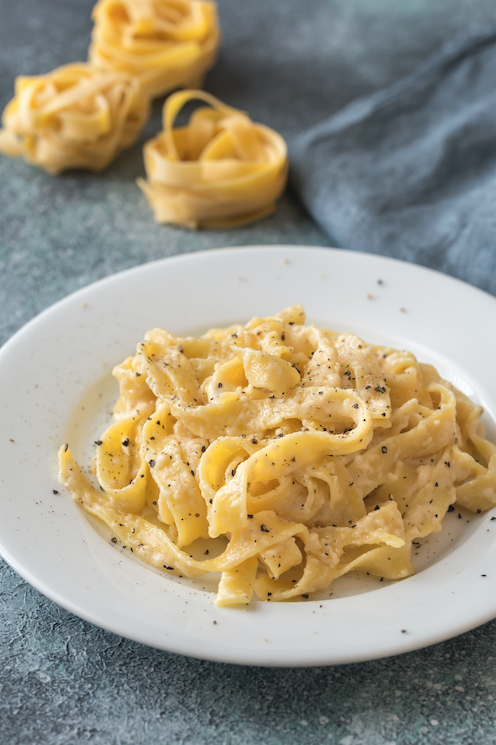
Simple but utterly decadent, the iconic Fettuccine Alfredo was created in Rome in 1908 by Alfredo Di Lelio after his wife, Ines, had just given birth to their son, Armando, and was left without an appetite. A devoted family man, Alfredo strove to come up with a food that would be nourishing yet easy to digest to help get his wife back on her feet. He tried everything, until he made a plate of fresh fettuccine and tossed it in a pan with butter and Parmigiano. With just one bite his wife’s appetite came roaring back, and Di Lelio knew he was on to something. In 1914, he opened his now-legendary restaurant, Alfredo, on Rome’s Via della Scrofa.
Gorgonzola
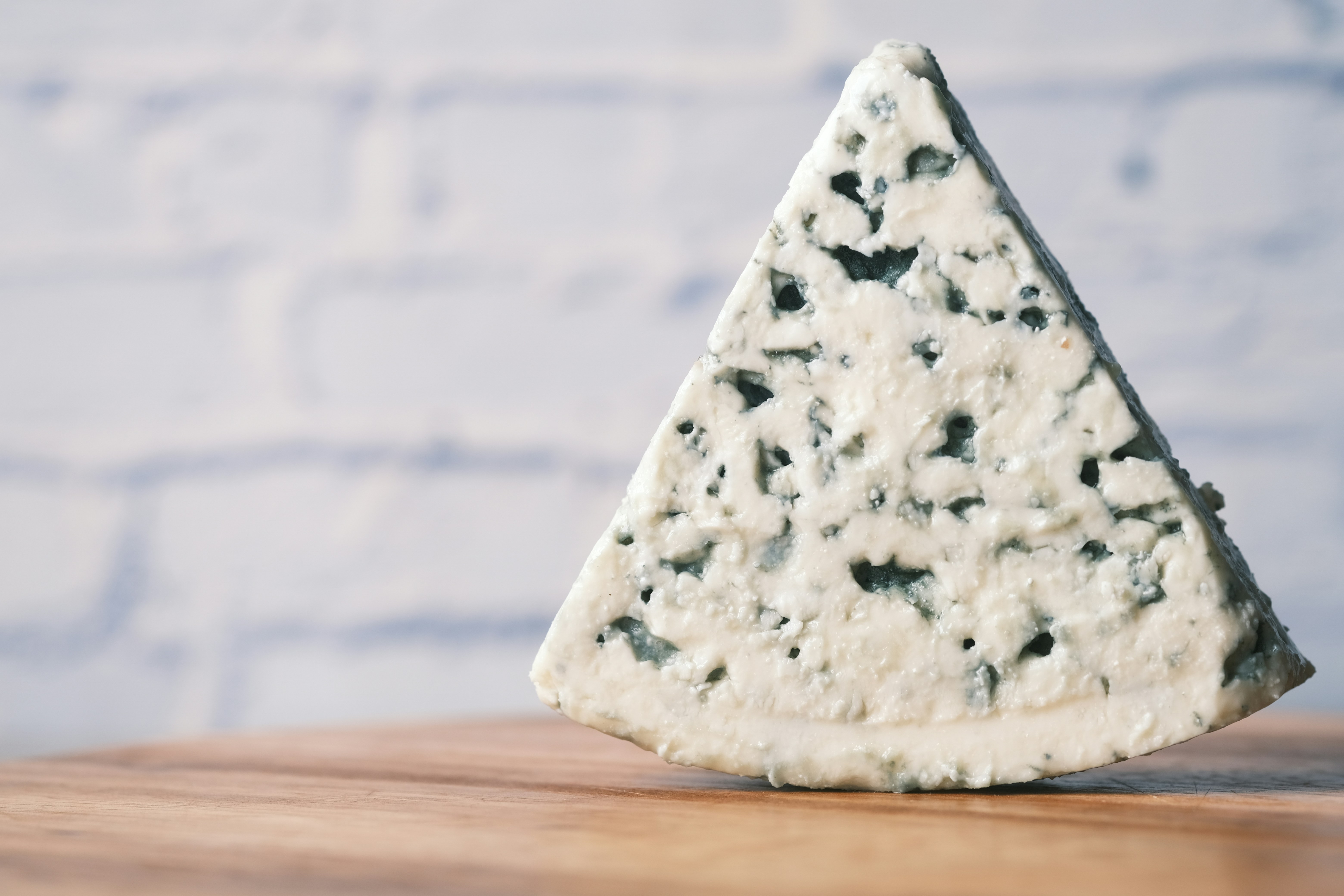
The precise beginnings of this prized cheese remain shrouded in mystery, but one legend recounts its creation in 15th-century Gorgonzola, Lombardy, when a lovesick cheese maker who, in his haste to meet his lover, left his cheese curds to drain overnight. Attempting to remedy his mistake the next day, he mixed in fresh curds and pressed them together for ageing, inadvertently giving rise to bluish mould veins. The result, surprisingly, proved delectable, and the method was subsequently repeated deliberately, leading to the emergence of Gorgonzola as a distinct cheese variety.
Spring roll
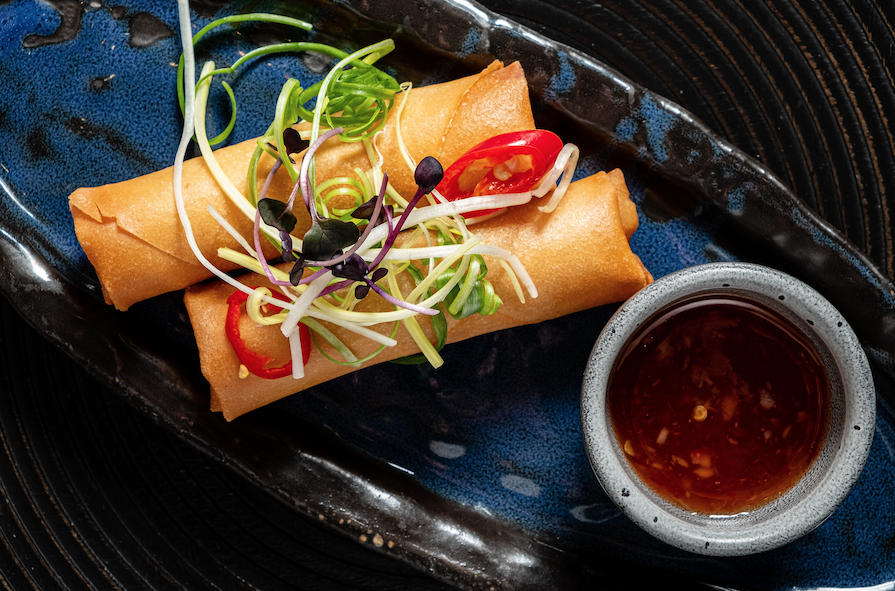
The tale of the spring roll goes that in ancient China, a young scholar was so engrossed in his studies for the imperial examination that he’d often forget his meals. His concerned and supportive wife came up with a solution: a thin and semi-opaque wheat-flour pancake, wrapped around cooked vegetables and meat, then fried, which her husband could eat without putting down his books. Her efforts were well rewarded – the man passed the exam that very year.
Bouillabaisse
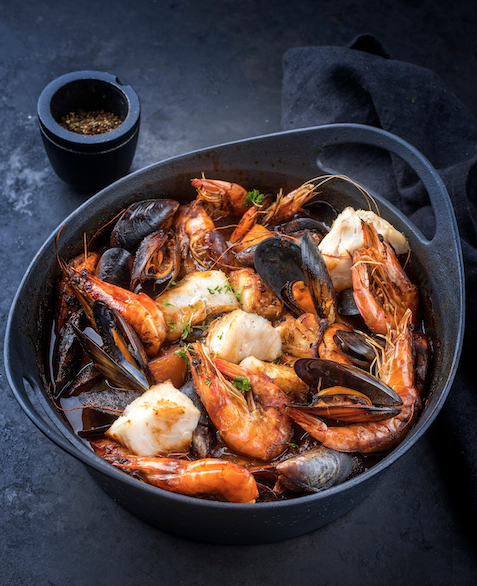
A hearty, aromatic stew made with a medley of fish and shellfish in a rich saffron and tomato broth, bouillabaisse is thought to have been brought to Marseille by the ancient Greeks in 600 BC. Many, however, prefer the more colourful myth that ascribes its invention to a candlelight conspiracy whereby the Roman goddess Venus created it to lull her husband, Vulcan, into a complacent sleep so she could pursue her love affair with Mars. Talk about living dangerously.
Panettone
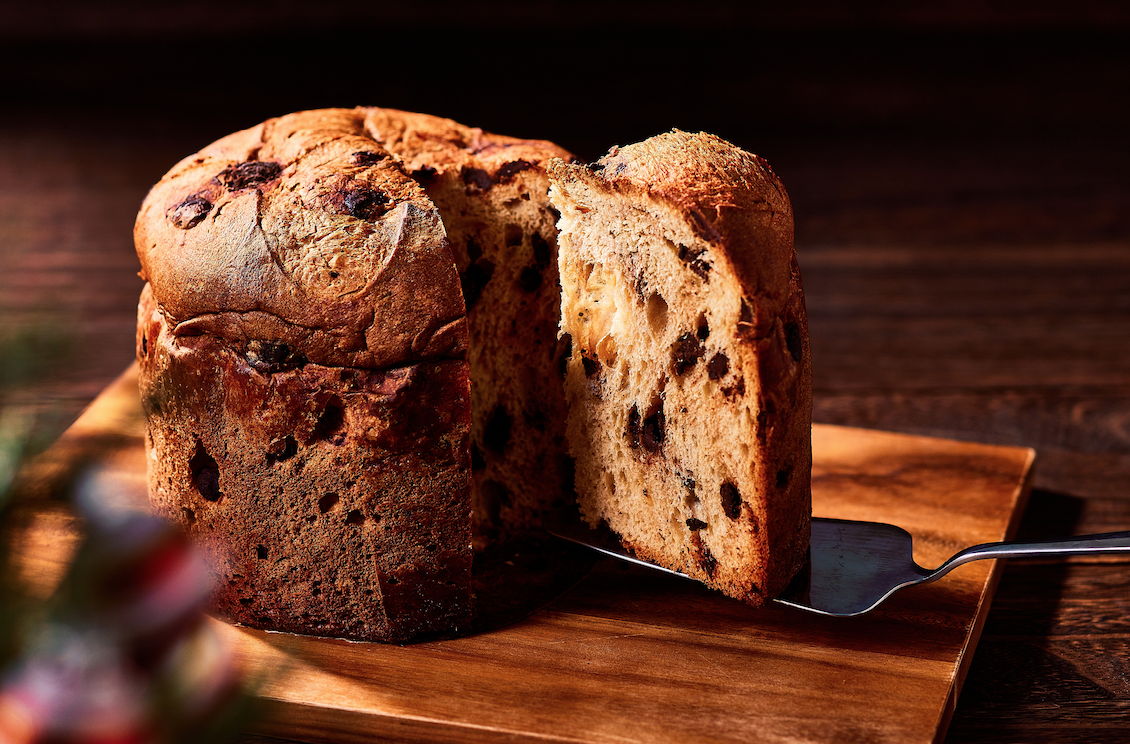
The most famous origin story of this tall, dome-shaped Italian Christmas cake goes back to 15th-century Milan, when Ughetto, a nobleman and lover of fine things and falconry, fell madly in love with the beautiful Adalgisa, the daughter of a poor baker named Toni. To help her father’s ailing business, Ughetto posed as a peasant and took a job at the bakery as an apprentice. He had the idea to enrich their breads with luxurious ingredients – particularly butter, sugar, eggs, candied fruit and raisins – that he was able to buy by selling his beloved falcons. This new creation, dubbed “pan de Toni” or “bread of Toni”, was a revelation, and the bakery became renowned throughout Milan as a result. With the newfound respect and wealth Ughetto brought to Adalgisa’s family, he was finally allowed to take her hand in marriage.
Artichoke
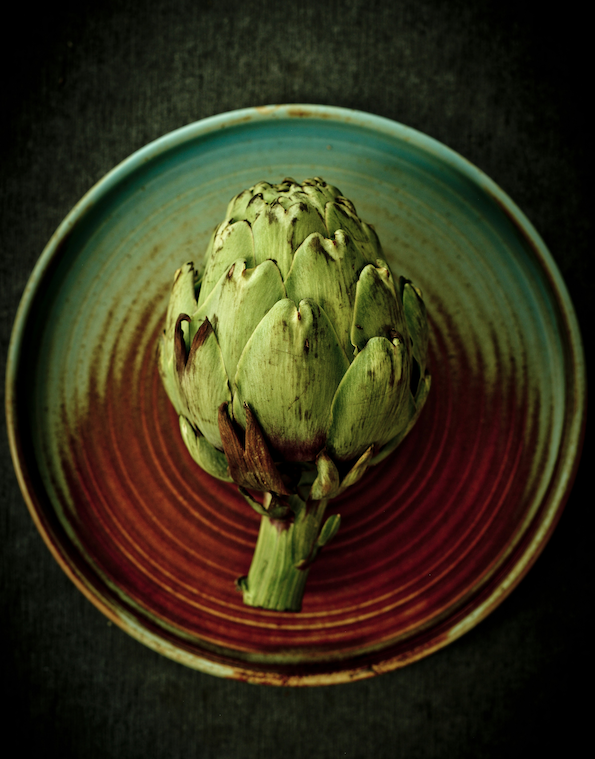
According to Greek myth, the artichoke owes its existence to the philandering Zeus who, on a visit to his brother Poseidon, spotted a mortal beauty, Cynara, bathing on the beach. He fell instantly in love, seduced her, made her a goddess and took her back with him to Mount Olympus. However, she soon grew weary and lonesome of Olympian life, and one night decided to sneak off to visit her mother. This duplicitous act so infuriated Zeus that in a fit of rage he tossed Cynara from Olympus and turned her into an artichoke. The modern scientific name for artichoke, Cynara cardunculus, derives from this luckless girl.
Bouchée à la reine
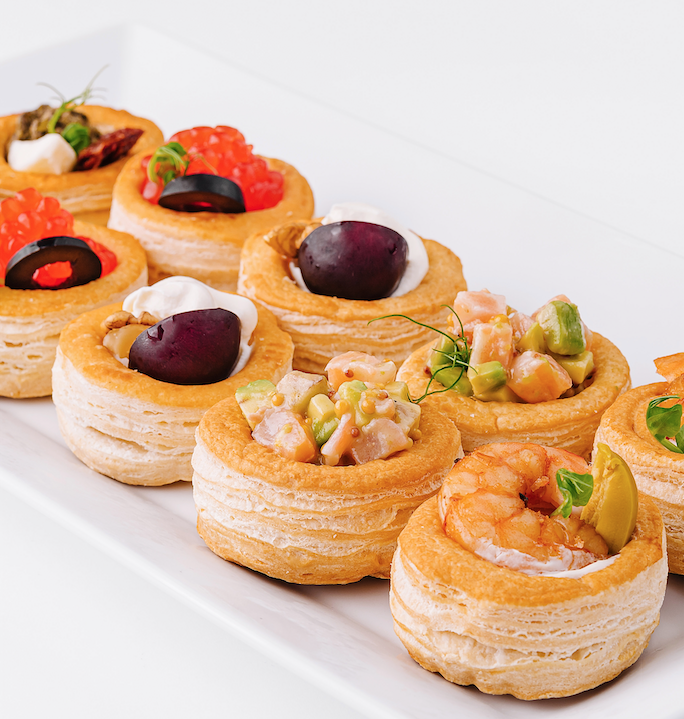
It is to Marie Leczinska, queen of France and wife of Louis XV, that we owe this recipe. Generically called vol-au-vent (meaning “flying with the wind”, in reference to its light flaky pastry), these were commissioned as a love token for the king to win him back from his favourite mistress, Madame de Pompadour. The original recipe – created by the queen’s own pastry chef, Nicolas Stohrer – consisted of puff pastry garnished with a mixture of vegetables, fish or meat. While it didn’t have the desired effect on her husband, bouchée à la reine, which translates to “the queen’s morsel”, did become a hit and still remains popular today.
Wife cake
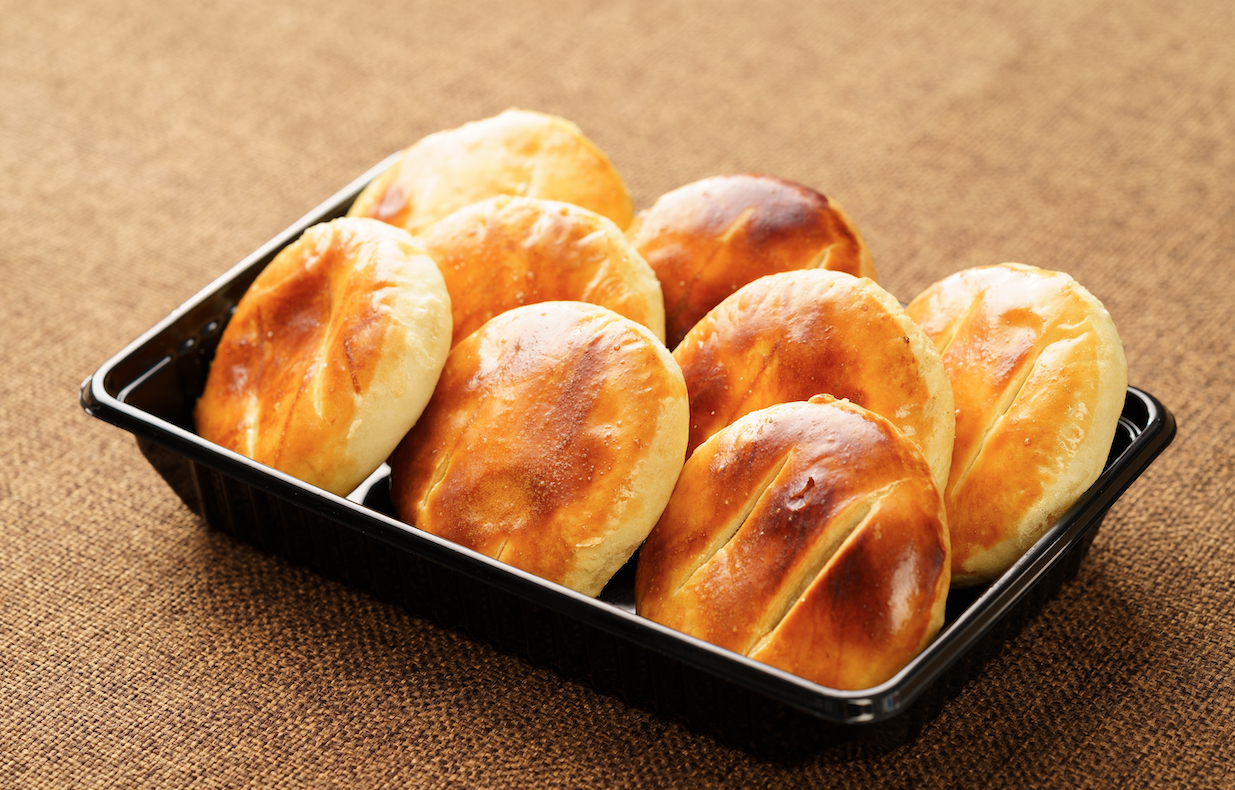
Wife cake, also known as sweetheart cake, is a traditional Cantonese pastry with a thin flaky crust and winter melon filling. The origin of this sweet cake involves the tale of a couple living in a small village in Guangdong. Tragedy struck when the husband’s father fell ill from a mysterious disease. Poor but devoutly in love, the wife offered herself for sale in return for money to cure her father-in-law. Learning of this sacrifice, the husband devised a pastry filled with winter melon to sell in the bazaar, dedicating it to his wife whom he could never forget. His cake became so popular that not only was he able to earn enough to redeem her freedom but also save his dying father.
Also see: #legendeats: Seasonal offerings, collaborative menus, Valentine’s Day and more





